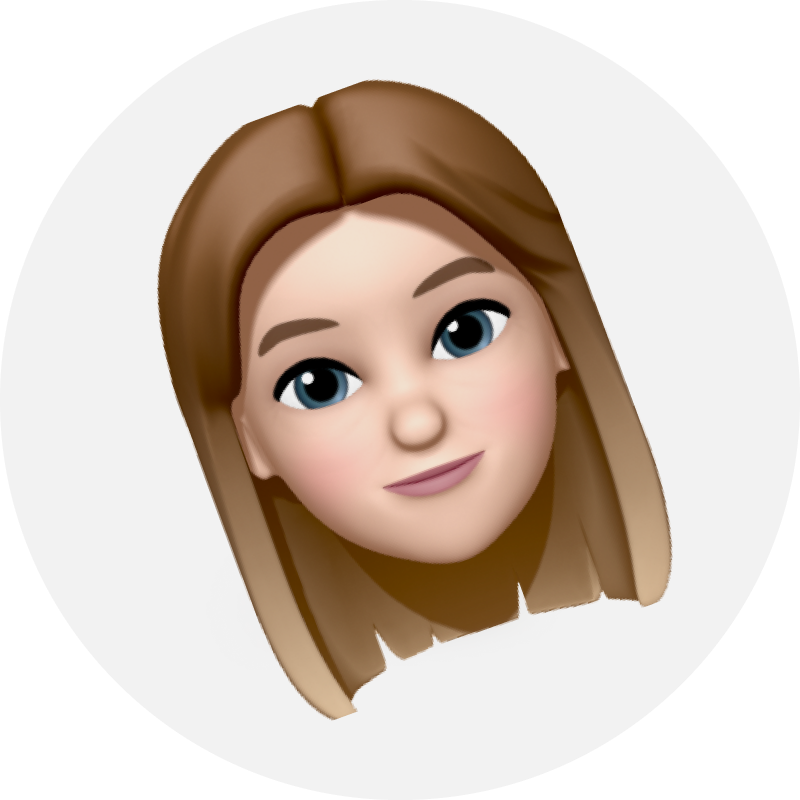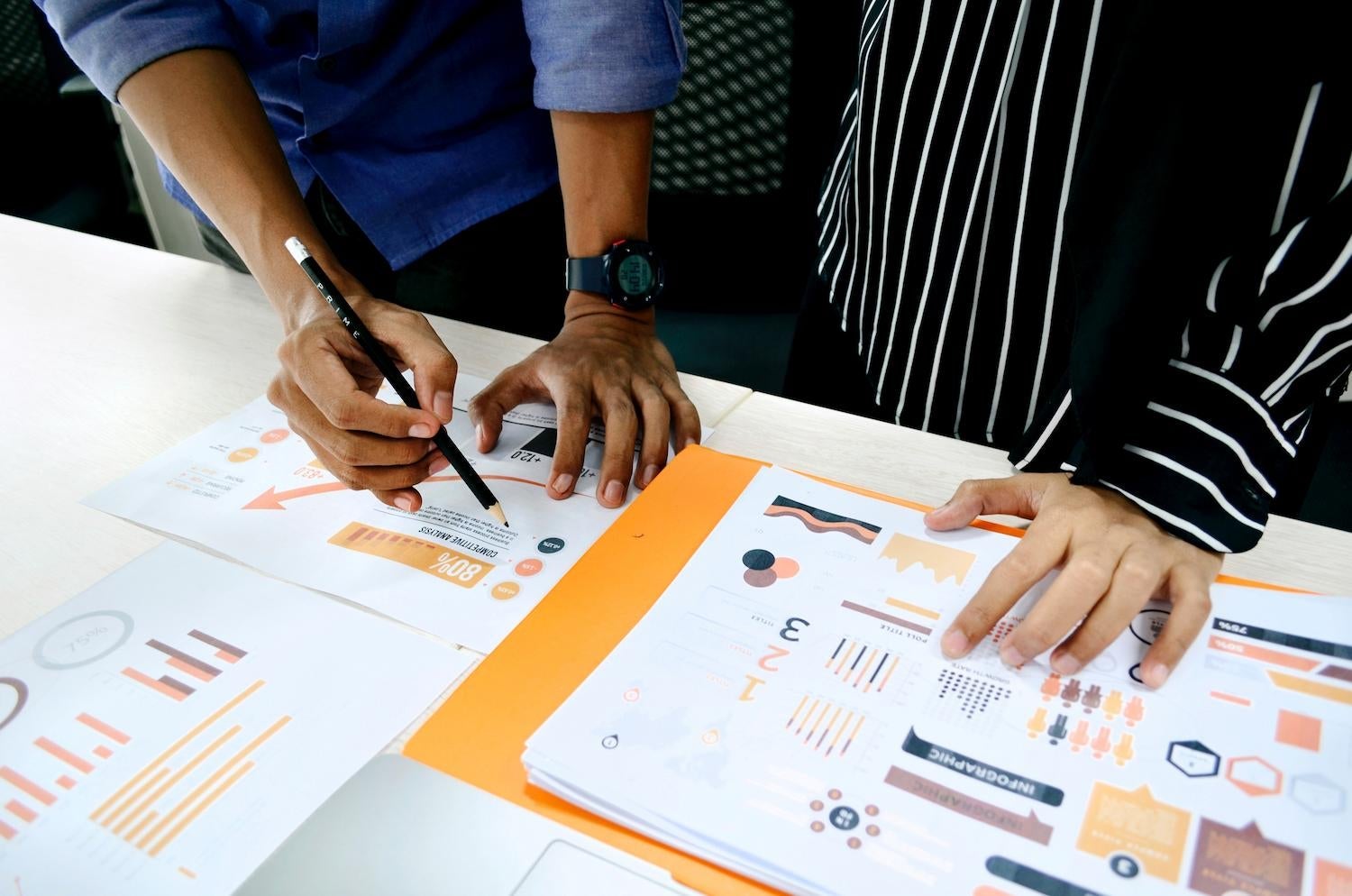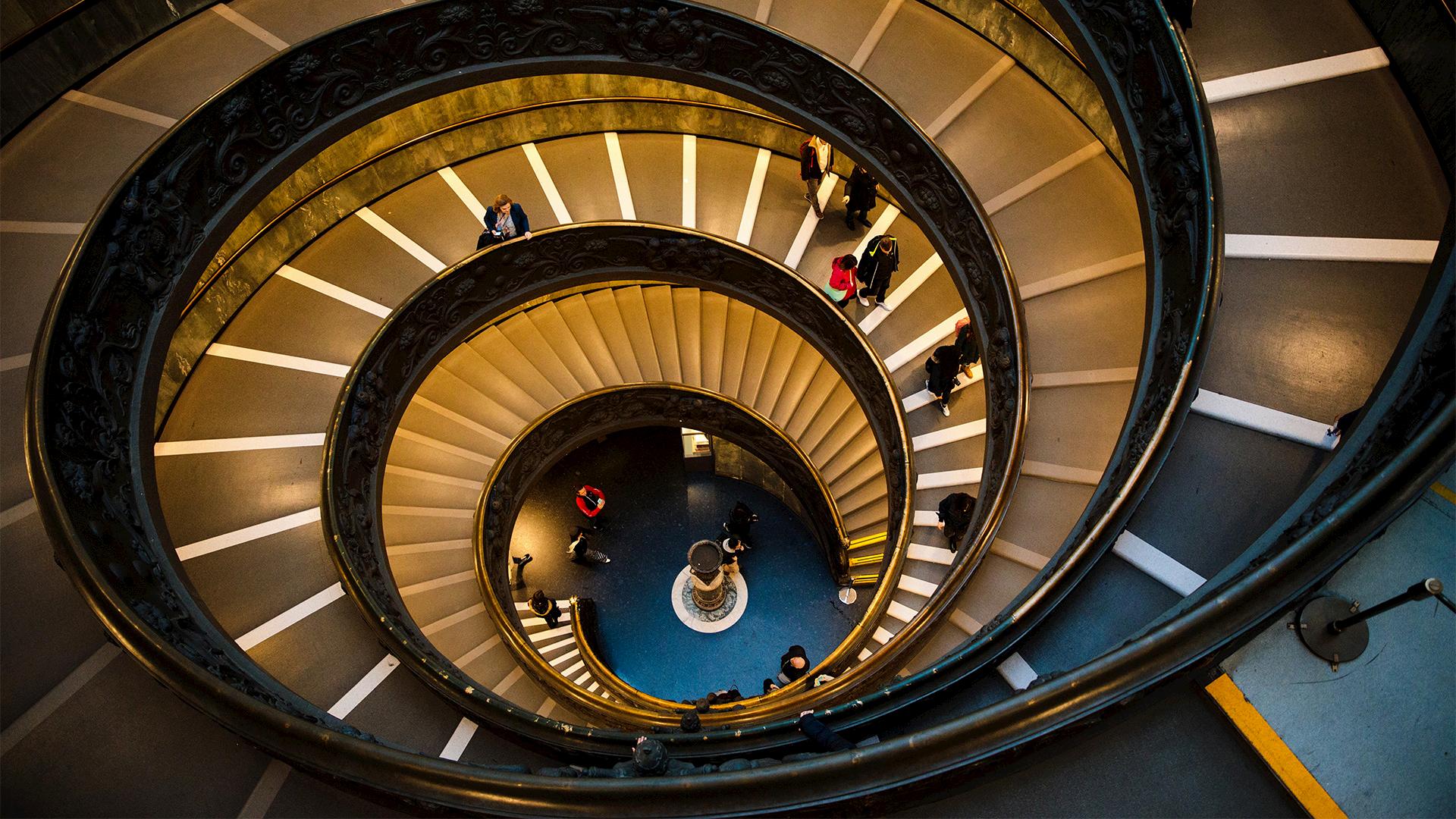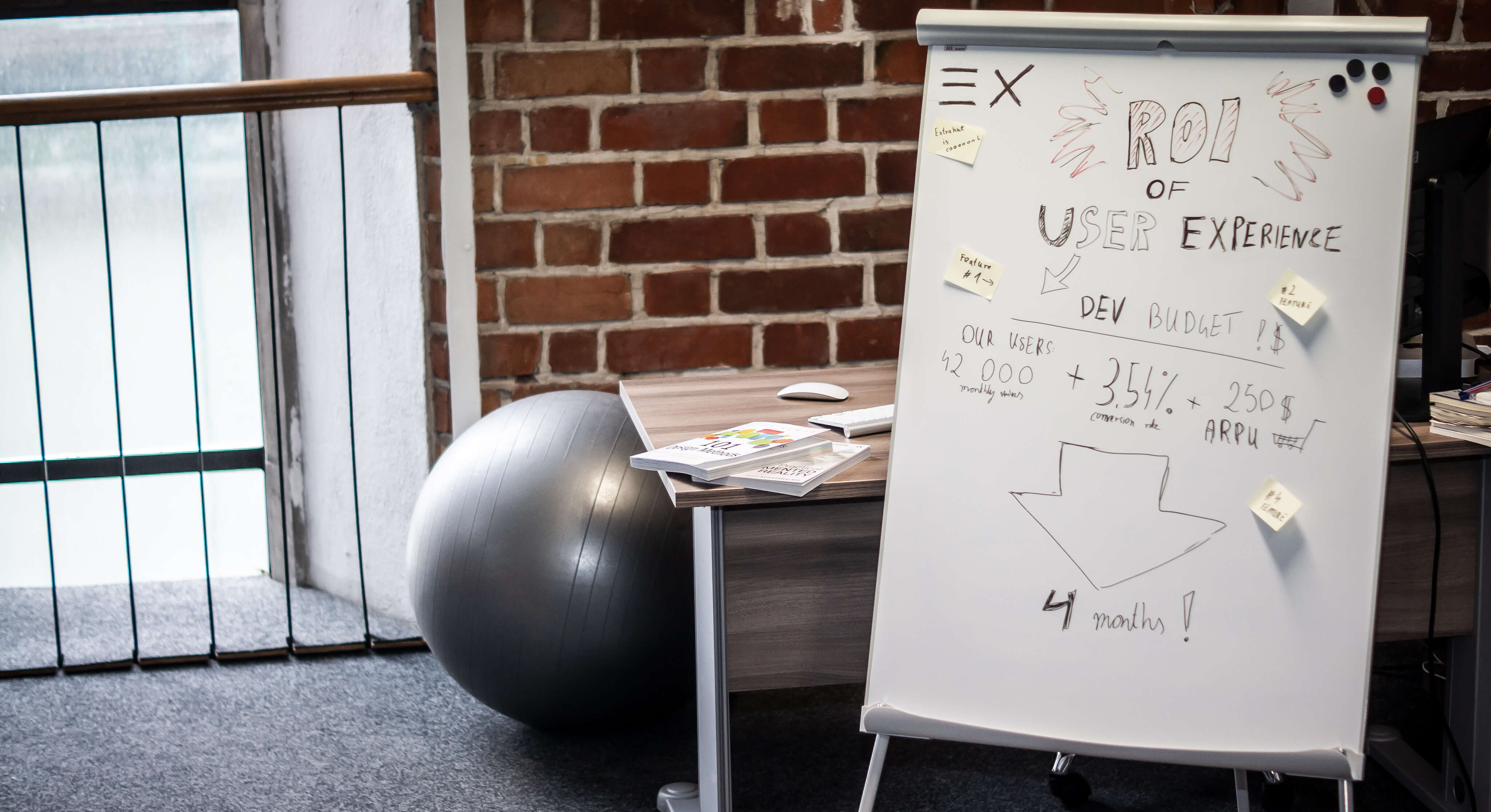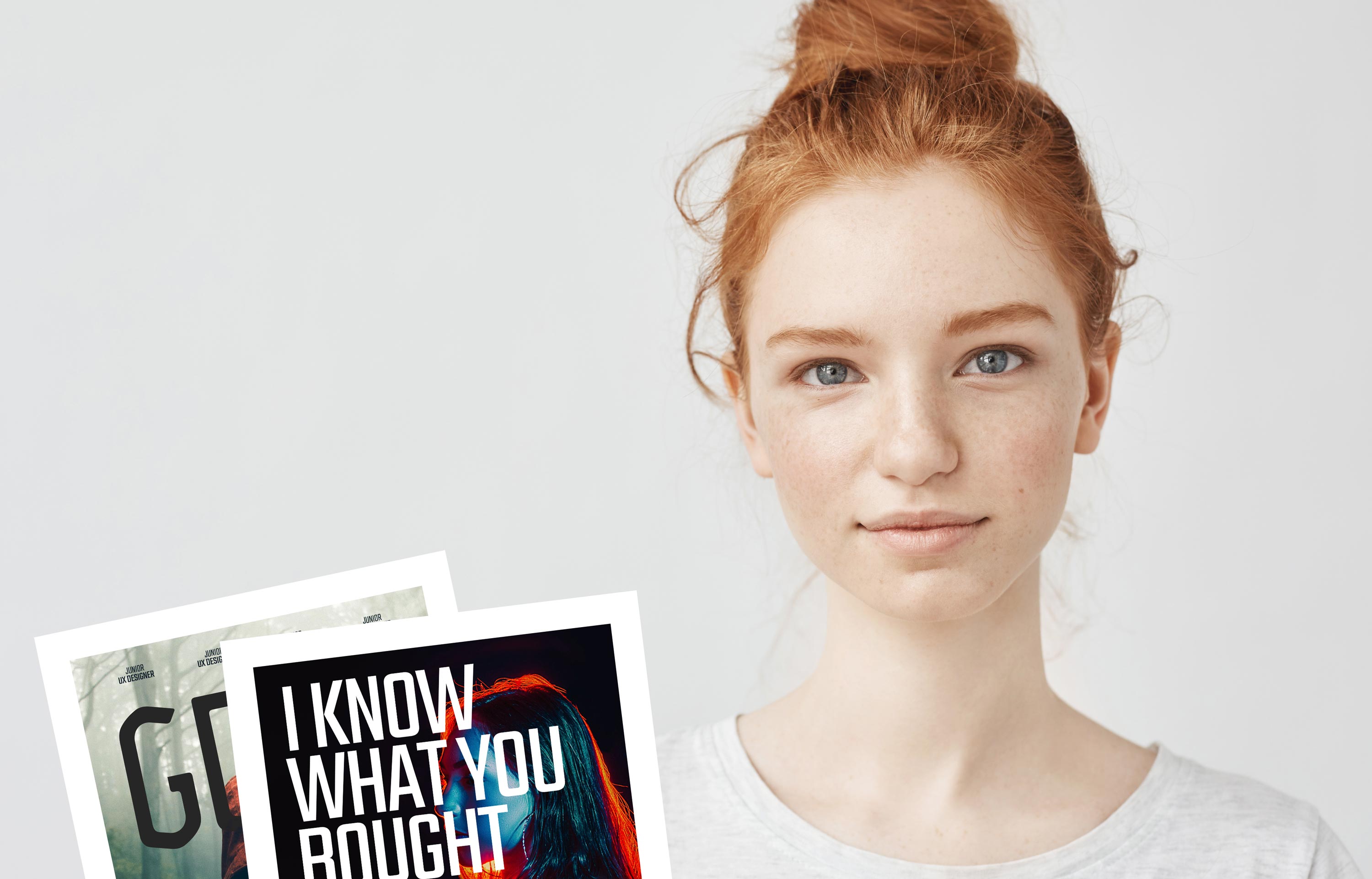An interview is an opportunity for a company to get to know the candidates and determine who is more suitable for the needs of the vacancy and for the company as a whole. The interview is not a template process and it is different in every company. Somewhere the interview consists of two stages of interview and takes 20-30 minutes, somewhere five, somewhere you will be given a test task, somewhere your portfolio is enough.
About fears - fear of failure
Young designers most likely have recently worked in another field and now, having studied design, they are ready to start a career in a new field. It is so much common that very few people choose design as their first profession. If you ask people who they are by profession obtained at the university, then you will most likely hear such professions as a manager, translator, travel agent, architect, accountant, and so on. Therefore, the first thing I want to say is DO NOT BE AFRAID, everyone was once a beginner, everyone was waiting for the first, second, tenth interviews (and still waiting).
There are only two things that will help to reduce the level of anxiety before an interview: preparation for an interview and dozens of interviews already experienced. If the second is a matter of time, then we can influenceon the first one. How long should you prepare for an interview? Better to spen at least a day, or even severl days. To help we created several usefull tips. Please, welcome the best ways to prepare for an interview.
Explore the company
The easiest thing you can do is to visit the company's website and find out as much information as possible. Why is it so important? It's simple, companies need employees who will appreciate the company. What it means: if you just applied to a company, then you get 1 point out of 100, if you applied to this particular company because you like the company's projects, the history of the company, the fact the company wins awards, etc. - you get 10 points. There is a difference, right?
Therefore, the first step is to get to know the company. Look at the company's projects and be sure to determine those that you like and decide why you like them. If you are asked which project you liked, it is important to tell why. This will show not only your interest in the company, but the face of the designer, your taste and your expertise.
Find a company in social networks and LinkedIn. Check what the company does, what competitions it participates in, what ratings it has, and so on. Don't skip this step.
“One day I felt completely ridiculous in an interview when they asked me what I know about the company. Not only did I not find my favorite case, I didn’t even know in which city the company is located and what it does. As a result, I started talking about how I like the approach to mobile application design, but it turned out that the company is looking for a designer for their website and they do not make any mobile applications. I have never felt so stupid.” - Anna, UI Designer, 2 years experience.
If you already know who exactly will conduct the interview, then also find this person on social networks. Not to learn something about him. Just by seeing a person in advance, it will be easier for you to meet him for an interview later.
Prepare information about yourself
Despite the fact that you have already written about yourself in your resume, you will be asked one hundred percent about who you are and where you are from, how long you have been designing and why, where you worked, what skills you have, what your professional goals are, etc.
IMPORTANT, the information in the resume should not contradict what you will tell at the interview. Yes, it happens. Even if you made a mistake or did not update the information in your resume, the company representative will most likely decide that you are cheating and you will definitely not get an offer. If you wrote that you know English at a good level, the recruiter will ask you a question in English, and all you know is “London is the capital of Great Britain” - goodbye. And not because you don’t know English (although I still advise you to learn it), but because you cheated.
Be honest about yourself. This is where the phrase “Sell yourself” comes in handy. If you still have few skills or no work experience, speak about what you know with pride, with confidence. Focus on what you are good at and know. Don't be too modest.
In your bio not only professional skills are important, but also personal one. Companies are still looking for a person, not a robot. Think about why you are a good person and explain why.
Be sure to think about the difficulties you faced in life, what problematic tasks you solved. This is not about design only, but about life. For example, you worked as a volunteer, or once rescued a puppy - you are capable of empathy. At school you won a competition in public speaking - you know how to express your thoughts clearly.
Your task is to sell yourself as a person who will benefit the company.
Prepare information about your expectations
Most likely in an interview you will be asked about what you expect from the company. In addition to salary expectations, which are certainly important and which need to be voiced, there should be others.
All people understand that we work to get a salary, to eat tasty food, to go on vacation, to buy cars, and so on. However, companies are also interested in making people feel comfortable at work. Yes they do. No one wants to look for new employees every six months, companies always want people to work as long as possible, develop their skills and achieve success. If employees like to work within the team and are happy with the conditions, they will eventually begin to bring more value.
Therefore, candidates are asked about their expectations in order to immediately understand whether it is a match or not. This is as important to you as it is to the employer. For example, if you are used to work in a tracksuit and house slippers, then you will most likely feel uncomfortable in an office where you have to work in a suit, tie, and perfectly polished shoes. Or you want to work remotely, and you will be forced to drive in the morning during rush hour to an office on the other side of the city.
Think about what really matters to you. Vacation 30 days, not 20, paid courses or at least a library in the office. Remote work or vice versa, you want to go to the office and you definitely need to be able to take your lovely dog to the office. We spend at least 8 hours a day at work, and just at this stage it is decided whether it will be comfortable 8 hours or not.
Regarding salary expectations, you should not name the amount at random. Research the market, look at the average salaries in your area for your level.
Tidy up your portfolio and projects in Figma/Sketch etc.
At the interview, you may be asked to show your portfolio and tell about your favourite / most difficult project. You must be ready.
Open your portfolio in advance and close all other unnecessary tabs in your browser (trust me, this is important). Choose a project about which you have something to tell. Prepare a brief history of the project. And this should not be a story “I did it beautifully”, but about what tasks you had, what problems were, what stages the project consisted of and how you solved the tasks of the project.
Even if you have only one educational project in your portfolio, you can also talk about it. It also has tasks, goals, problems and stages that you went through while studying at the courses. There is always something to tell. For example, about interviews with users, about how the sitemap was compiled, about how you looked for inspiration and so on.
You may also be asked to show not a portfolio, but a working file in Figma or any other app you use. Here the task is more difficult. Most likely there are lot of files, which have neither a name, but an essence. These are just drafts that you were too lazy to delete. So, all unnecessary must be removed.
The next step is to get your projects in order. What does it mean? Delete unnecessary frames, correctly name the layers and make separate sections so that 50 layouts are not on “Page 1”. Collect all the components on a separate page and make at least a minimal semblance of the design system. This is actually important, especially if the company is working on projects in a team.
“At the interview I was asked to show a Figma, I did not expect this at all. They didn't hire me… It was already that stage of the interview when I talked with the team. They were obviously disappointed by the lack of names for layers, autolayates, a bunch of test frames. I didn’t get a job, and I learned the lesson for the rest of my life.” - Robert, Product Designer, 4 years experience.
Prepare a list of questions
At the interview not only you is asked a lot of questions, but also you are waited to ask questions. Again, the candidate should be be interested in the company and the position. If you have already managed to discuss salary, vacation, etc. at the stage of expectations, then you do not need to ask these questions again. But if you have not touched on any issues related to the vacancy, duties, conditions, then they must be voiced by you.
Any candidate has the right to know what the working day is, whether there is health insurance, how many days off are given, what type of contract company are ready to conclude with him, and so on.
It is also important to ask what principle the work in the company is based on, whether there are managers and team leads, what programs are used in the company, what projects exactly you have to work on. A year ago, I personally encountered the fact that in the company where I was interviewing, UI Designers work in Photoshop, not Figma. I was shocked and turned down the job.
Prepare a list of answers
At one stage of the interview, you will likely be asked professional questions. It's important for even non-junior designers to prepare for them in advance. While we may possess a lot of knowledge and skills, it's crucial to be able to clearly articulate them.
Refresh the theory in your memory, go through the terms, if you forgot something - repeat it, if you didn’t know - learn it. Make a list of most common questions asked in an interview and write answers. Pay special attention to what you wrote in your resume. If somewhere in the resume there was a paragraph that you know how to work with components, then repeat all the terms that are associated with this function.
Conduct a test interview
Ask a friend, a parent, anyone, to conduct your interview. Prepare in advance a list of questions to ask. So you can practice your answers and, perhaps, understand where you missed something, or vice versa, you tell a lot of superfluous things. Practice makes perfect.
Well, the icing on the cake…
Do not be late
Arriving on time for an interview is crucial to making a good impression. Showing up too early or too late can be disruptive to the interviewer's schedule and may indicate that you are not taking the interview seriously.
How early to show up for an interview?
It depends on the format of the interview. If it is an online interview, you should connect to the meeting at least 5 minutes before it starts. However, it's also important to check if all the necessary software and tools are working properly 10-15 minutes before the start, to ensure a smooth interview.
If the interview is in-person, it's best to arrive 20 minutes before the scheduled time. This will give you enough time to locate the building, find the entrance and ensure that you are not running late.
And most important and obvious, the more skills and the better quality of work you master, the more likely you will pass the interview. Therefore, the basis of your work should be the replenishment and improvement of your portfolio. Develop skills, learn new things, repeat the old ones, and then at the interview you will definitely have something to tell and surprise. Good luck!

